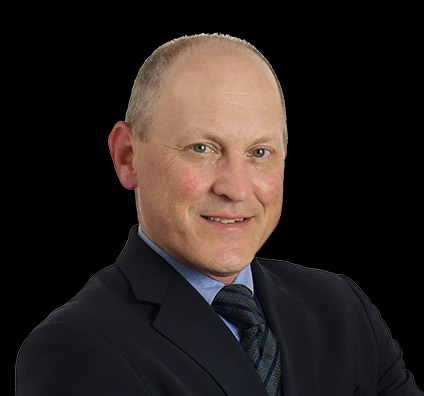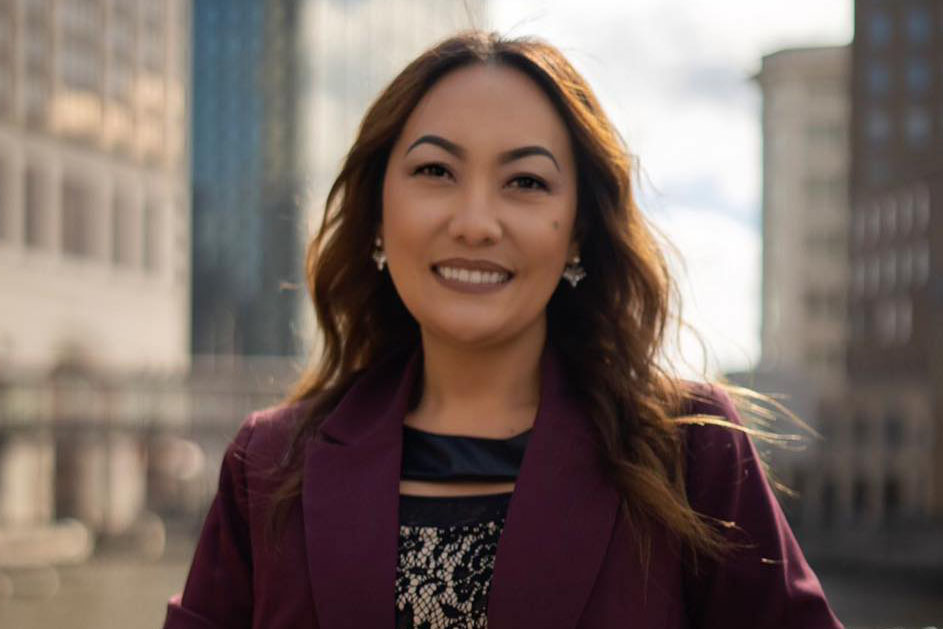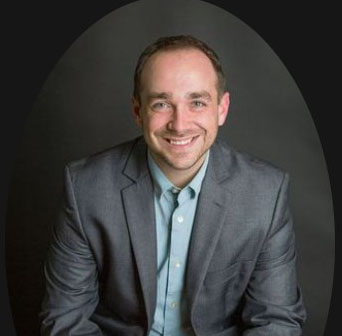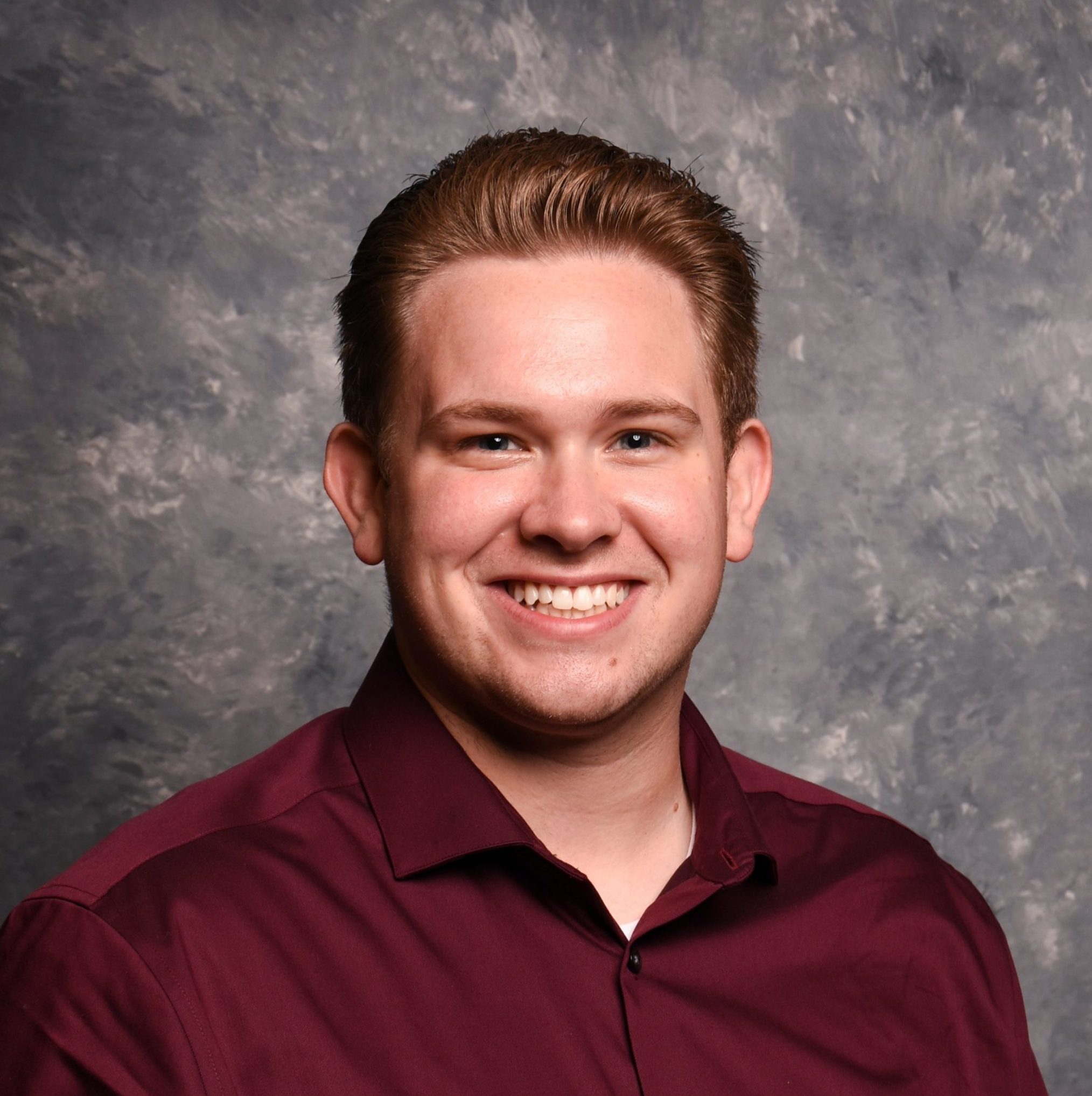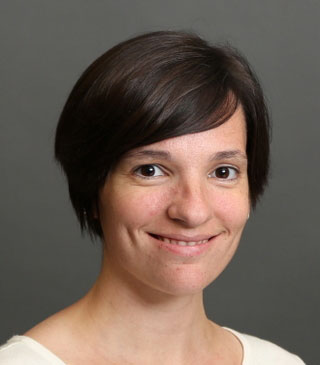For Quarles’ Kendall, IP law is a science
By: MaryBeth Matzek, Special to the Wisconsin Law Journal//January 6, 2016//
For Quarles’ Kendall, IP law is a science
By: MaryBeth Matzek, Special to the Wisconsin Law Journal//January 6, 2016//
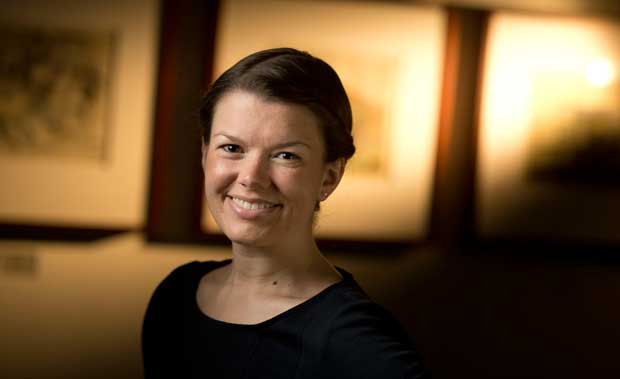
While working on different project teams as an undergrad studying nuclear engineering, Elizabeth Kendall often found herself in the role of translating what her fellow engineer students were saying into understandable concepts for the final report.
“I thought if there was a career in translating for engineers, that would be ideal,” she said. “That turns out to be what patent law is.”
Kendall is an attorney in Quarles & Brady’s intellectual property group where she focuses on design and utility patents and performing state-of-the-art analysis for her clients.
“I really enjoy getting to learn about new technologies and research,” said Kendall, who was a patent attorney for the Kohler Co. before joining Quarles. “Patents need to have a novelty associated with them and I delve into the different ideas further to make sure it’s unique.”
Kendall said patent cases can take up to three years, including the research and drafting and filing the patents.
“You need to boil the patent to its essential element,” she said.
While she hasn’t had an opportunity to use her nuclear engineering background in any cases, Kendall said what she learned in her engineering classes comes in handy while working on technical cases.
“The engineering workload also prepared me for the workload in law school,” she said.
When working on cases featuring technology that she’s not familiar with, Kendall conducts research and studies the concepts. She also turns to her fellow patent attorneys at Quarles, who are experts in different areas.
“We have a lot of smart attorneys here. There’s always opportunities to learn new things,” Kendall said.
Design patents are an emerging area of the law, and one Kendall is interested in. She said companies can potentially patent their design work and have it move through the system more quickly than the traditional patent process.
“There’s a lot of potential there and something I think we’ll definitely see growth in,” Kendall said.
Wisconsin Law Journal: What makes your work important to you?
Elizabeth Kendall: Intellectual property is the invisible asset underlying and permeating through all aspects of business. People don’t often realize either the value of their ideas or how to protect them. My practice allows me to help people uncover these things and to develop strategies that fit best with their business goals. At the same time, I get to learn from them about new innovations and creative ideas they have for taking their company in a new direction. Nothing feels better than using the expertise I have to help others achieve their goals. And being right there at the frontline of cutting-edge technology doesn’t hurt either.
WLJ: Who is your hero in the legal field?
Kendall: I had the great opportunity to meet Judge Kathleen O’Malley of the U.S. Court of Appeals for the Federal Circuit when she presented the annual Nies Lecture at Marquette University Law School in 2014. She is a very inspiring figure to me in the realm of patent law due to both the seamless management of her work-life balance and the well-considered writings throughout her jurisprudence. Likewise, I’m very excited about Dr. Christal Sheppard joining the U.S. Patent & Trademark Office as the Midwest regional director. In addition to her endearing personality, her understanding of science and the law is remarkable. I hope that we can convince her to come visit Wisconsin as much as possible.
WLJ: What do you do outside of work to deal with stress from the office?
Kendall: I love being outdoors, so anytime I can, I head up to the northwoods that Wisconsin has seemingly kept secret from the rest of the world.
WLJ: What’s one thing many people get wrong about what you do?
Kendall: Semantics, being the problem that they are everywhere, have also interrupted people’s general understanding of patent law. The application process of drafting and obtaining a patent, including negotiating back and forth with the patent examiners at the USPTO, for some reason is called “prosecution.” So, although the word “prosecution” conjures images of a courtroom for most, patent prosecution is simply the necessary precursor to the granting of a patent and thus usually comes long before patent enforcement through litigation.
Another more specific issue for me is the reaction to my degree in nuclear engineering. Based on this, most people think that my practice is limited to nuclear technologies, which is far from the truth. My education and experience has allowed me to comfortably work in all types of technical fields, including mechanical, chemical, materials-science, physics, electrical and computer science. Furthermore, I have a background in art and graphic design, so I take a special interest in design patents as well as trade dress and product configuration.
WLJ: What’s your favorite memory from law school?
Kendall: Some of my favorite experiences from law school involve delving into the theoretical and philosophical sides of intellectual property law. This includes asking questions and getting into complex conversations with the scholars and practitioners in this area about topics such as the constitutional justifications and historical development of intellectual property law, the tactical art of persuasive writing and negotiation, and the strategic practical applications of legal nuances in this area, for example. My hope is to continue these conversations while in practice.
WLJ: Is there a certain case that stands out to you?
Kendall: As of now, there are a group of cases for which the Supreme Court has just granted certiorari that involve the issue of willful infringement. See Halo Electronics, Inc. v. Pulse Electronics, Inc., 769 F.3d 1371 (Fed. Cir. 2014); Stryker Corp. v. Zimmer, Inc., et al., 782 F.3d 649 (Fed. Cir. 2015). Both the test for determining whether infringement was willful and the test for determining whether to enhance infringement damages are unclear at the moment. I am hopeful that the Supreme Court will clarify what the duties are for a business or its outside counsel regarding assessing infringement risks and how to avoid willfulness and enhanced damages, as well as the costs associated with defending against each.
Legal News
- Wisconsin joins Feds, dozens of states to hold airlines accountable for bad behavior
- Trump ahead of Biden in new Marquette poll
- Bankruptcy court approves Milwaukee Marriott Downtown ‘business as usual’ motion
- New Crime Gun Intelligence Center to launch in Chicago
- Arrest warrant proposed for Minocqua Brewing owner who filed Lawsuit against Town of Minocqua
- Wisconsin Supreme Court justices question how much power Legislature should have
- Reinhart named the 2024 Wisconsin law firm of the year by benchmark litigation
- Milwaukee’s Common Council now has the most African Americans, women and openly LGBTQ members ever
- Office of School Safety Provides Behavioral and Threat Assessment Management Training Ahead of 25th Anniversary of Columbine Shooting
- Wisconsin Supreme Court to hear arguments in Democratic governor’s suit against GOP-led Legislature
- Lawsuit asks Wisconsin Supreme Court to strike down governor’s 400-year veto
- Wisconsin man pleads not guilty to neglect in disappearance of boy
WLJ People
- Power 30 Personal Injury Attorneys – Russell Nicolet
- Power 30 Personal Injury Attorneys – Benjamin Nicolet
- Power 30 Personal Injury Attorneys – Dustin T. Woehl
- Power 30 Personal Injury Attorneys – Katherine Metzger
- Power 30 Personal Injury Attorneys – Joseph Ryan
- Power 30 Personal Injury Attorneys – James M. Ryan
- Power 30 Personal Injury Attorneys – Dana Wachs
- Power 30 Personal Injury Attorneys – Mark L. Thomsen
- Power 30 Personal Injury Attorneys – Matthew Lein
- Power 30 Personal Injury Attorneys – Jeffrey A. Pitman
- Power 30 Personal Injury Attorneys – William Pemberton
- Power 30 Personal Injury Attorneys – Howard S. Sicula





